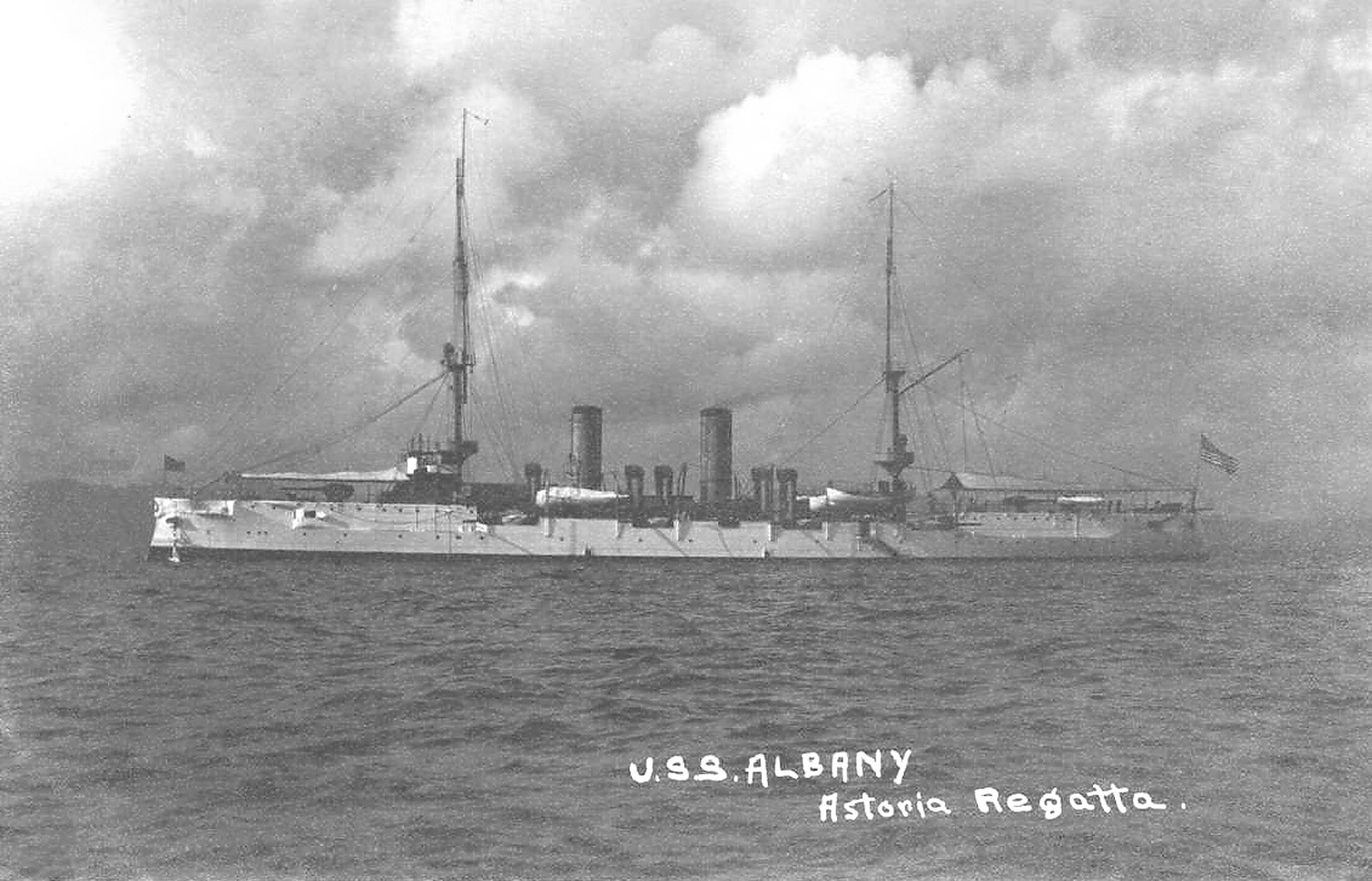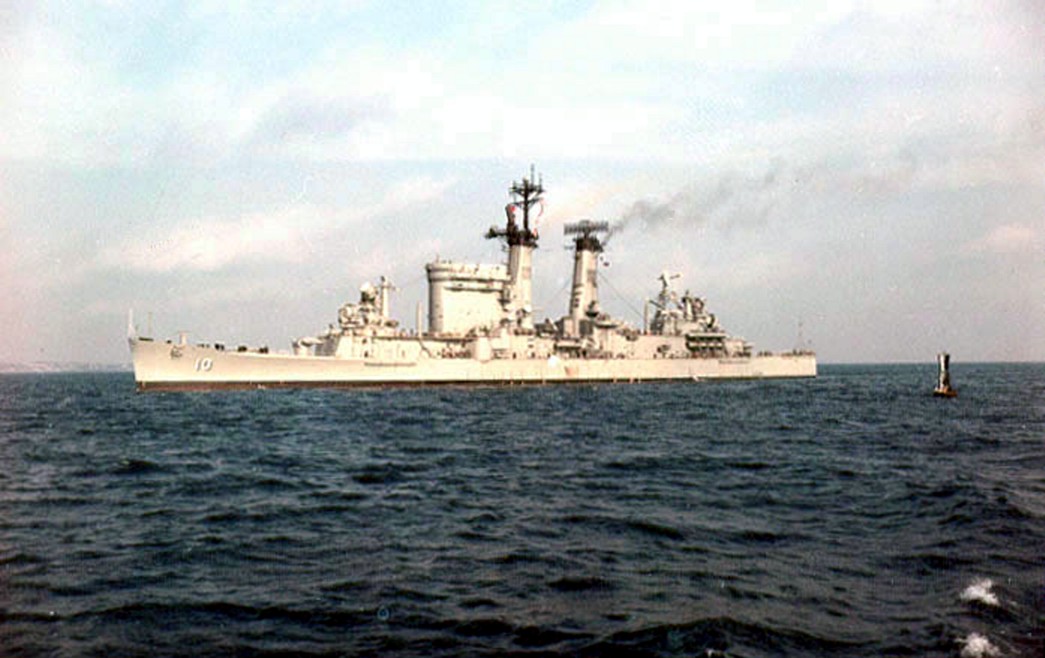


The CS Navy ironclad steamer batteries were all designed for national coastal defense.

For the later attack at Mobile Bay, the Union faced the Tennessee, the Confederacy's most powerful ironclad. In the failed attack on Charleston on Aptwo small ironclads, Palmetto State and Chicora participated in the successful defense of the harbor. The Confederacy built a number of ships designed as versions of the Virginia, of which several saw action. In February 1862, the even larger Virginia joined the Confederate Navy, having been built at Norfolk. On 12 October 1861, the Manassas became the first ironclad to enter battle when she fought Union warships on the Mississippi. Therefore, the Confederate Congress voted $2 million in May 1861 to buy ironclads from overseas, and in July and August started work on construction and converting wooden ships locally. Initial ocean going ironclad cruisers, such as the French Gloire and the British HMS Warrior were only just emerging in 18, and were beyond the budget and timeline necessary for rapid force deployment that the CS Navy needed for immediate coastal defenses in 1861. The Secretary of the CS Navy, Stephen Mallory, was very aggressive on a limited budget in a land-focused war, and developed a two-pronged warship strategy of building ironclad warships for coastal and national defense, and commerce raiding cruisers, supplemented with exploratory use of special weapons such as torpedo boats and torpedoes.īased upon the successful employment of ironclad warships, particularly batteries, at the Battle of Kinburn, Britain and France decided to focus on armor plated warships, starting with coastal battery designs. Also included are special types of floating batteries and harbor defense craft. Included are some types of civilian vessels, such as blockade runners, steamboats, and privateers which contributed to the war efforts by the CSN. This is a list of ships of the Confederate States Navy (CSN), used by the Confederate States of America during the American Civil War between 18.


 0 kommentar(er)
0 kommentar(er)
